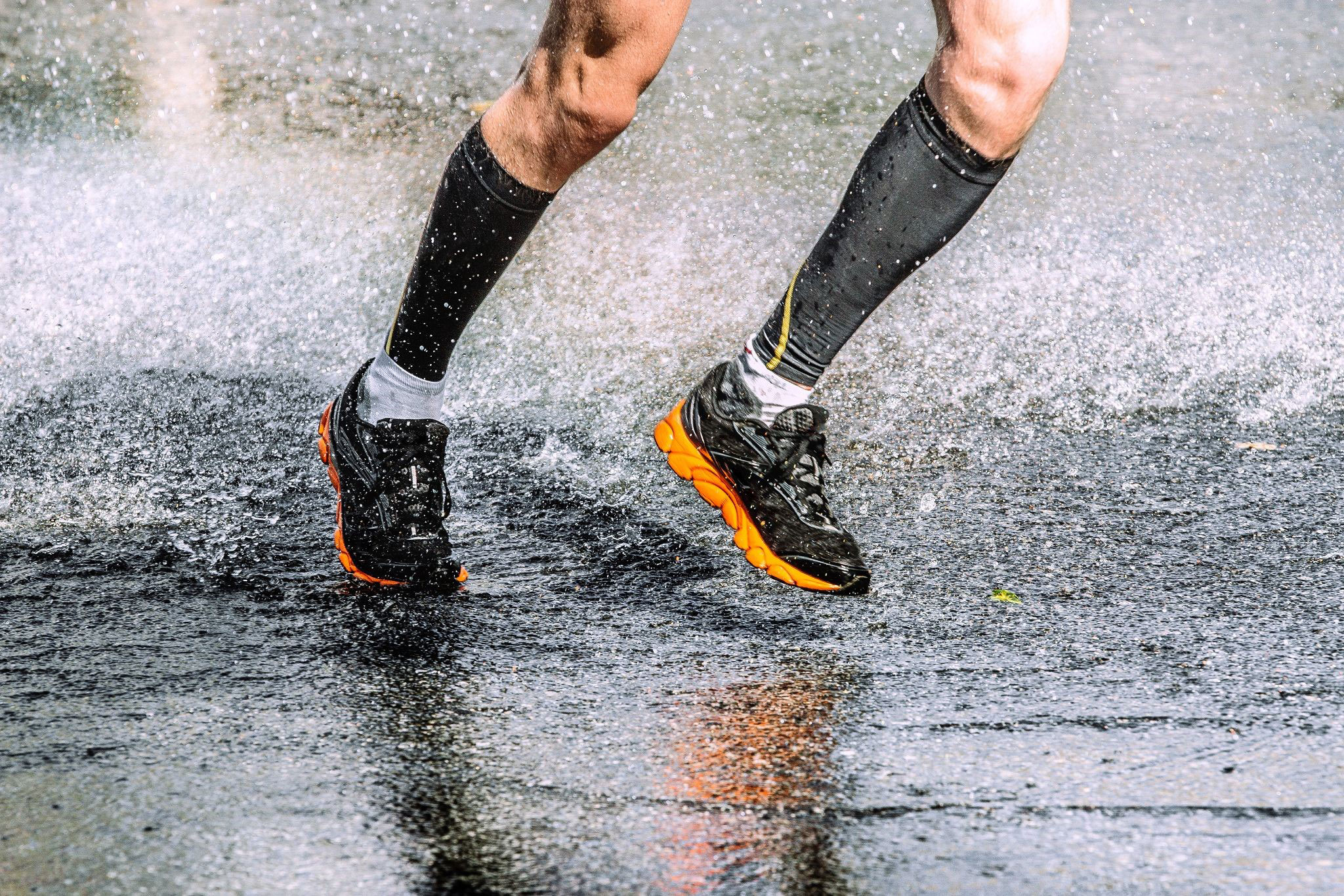When we think about common methods of pain and symptom support, putting on an article of clothing may not be the first thing that pops into our minds. Compression socks are specially designed elastic hosiery that applies various levels of pressure on the legs, depending on the size, to support blood flow and prevent blood from pooling. Putting on compression socks with a doctor’s recommendation can be a convenient way to help manage the symptoms of leg swelling and varicose veins and may improve overall circulation in the legs during a variety of situations. Here are eight situations where compression socks can help you feel better.
1. Leg Swelling
Leg swelling can be a symptom of multiple medical conditions, sometimes indicating the development of a greater health risk. Some cardiovascular issues, kidney issues, nutritional issues, and even pregnancy can cause the body to retain fluids, resulting in swelling. After consulting a doctor to properly diagnose the source of the swelling, compression socks may be used to help alleviate those symptoms.
2. Varicose Veins
When the veins in your legs become enlarged due to the daily pressure of walking and standing on the lower body, using compression stockings for varicose veins may be helpful for those facing the signs or symptoms. These stockings help your vein valves to function with the added pressure, making it easier to get blood flowing back up to your heart without having to work as hard against gravity. These socks may be recommended for women who have a familial history of varicose veins.
3. Athletic Support
The most active among us have theorized that wearing compression socks increases circulation. These socks may help deliver more oxygen to leg muscles and increase athletic performance. Wearing them during and after the activity has also been viewed as a way to help combat lower-body soreness after a strenuous workout.
4. Deep Vein Thrombosis or Post Thrombotic Syndrome
Compression socks might be proactively worn to help prevent those at risk for developing a Deep Vein Thrombosis (DVT) blood clot from forming in a leg or pelvis vein. Additionally, they can help you deal with the pain, swelling, and threat of a pulmonary embolism that comes with one. Post Thrombotic Syndrome can cause lingering pain in the afflicted area after experiencing DVT, and these socks might also be used to help with pain management during daily tasks.
5. Pregnancy
The increased weight on the lower body during pregnancy may increase or worsen the development of varicose veins for women that are at risk for them. A doctor may suggest compression socks due to the way the increased blood flow may help decrease swelling and support any damaged or potentially damaged leg veins.
6. Bed Rest
If you’re bedridden while recovering from surgery or resting for other medical reasons, the chance of developing blood clots can rise when you’re not as active as usual. A doctor may prescribe compression socks to help improve blood flow to the legs until you’re able to move on a daily basis again.
7. Travel
Compression socks may be useful for people who are at risk of developing blood clots if they are standing or sitting without movement for long periods. Long flights or road trips breed the perfect conditions for this, so considering a pair of socks at the right compression level as part of your travel attire may make your next vacation slightly more comfortable.
8. Long Workdays
When you’re off vacation and back to the daily grind, those that work on their feet or sit in an office cubicle all day with little variation may face the same threat of leg swelling, varicose veins, and developing blood clots. Incorporating this hosiery into a work wardrobe as needed may help prevent or manage these conditions.
No matter why you are considering compression socks, remember to wear them as prescribed by your healthcare professional. While you use compression stockings, check your legs frequently for any signs of irritation or abnormalities that you should inform your doctor about. For additional information about compression stockings and varicose veins, check out our past blog here.
